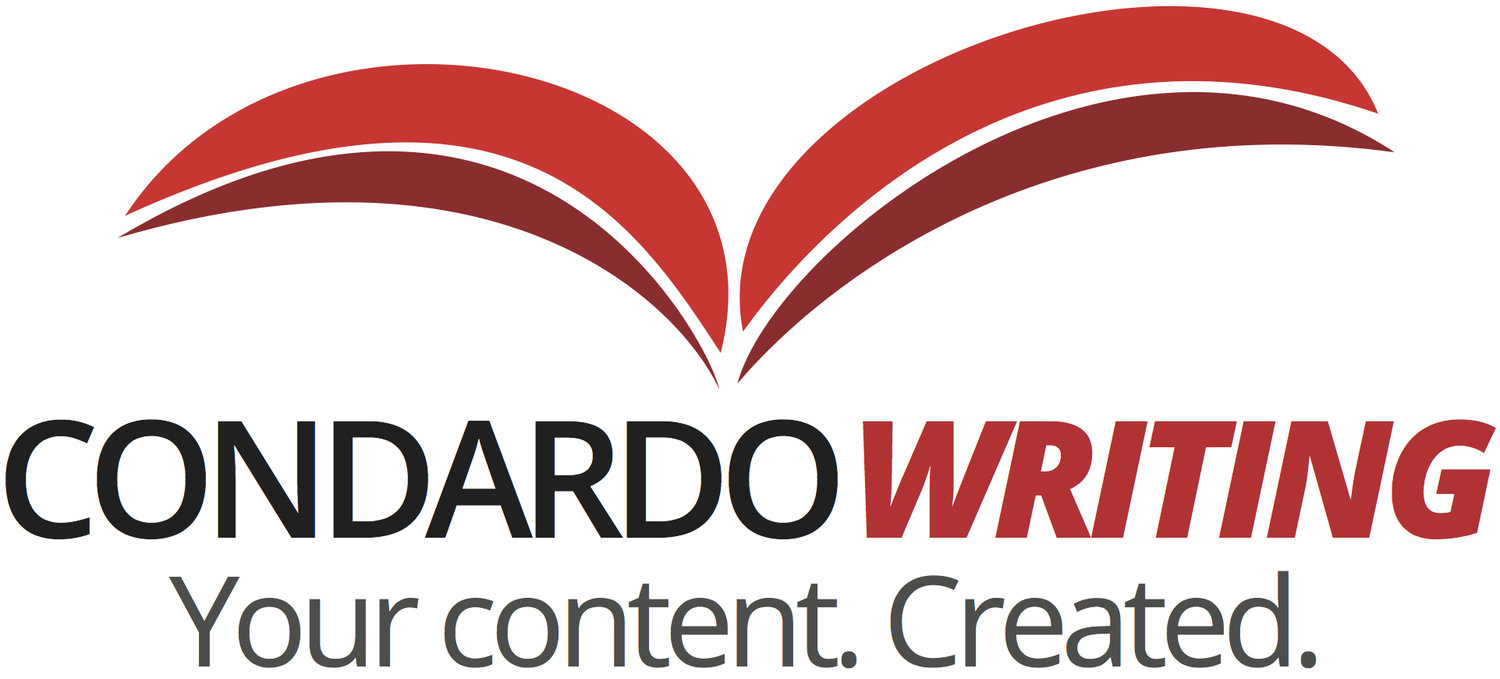Content, content, content. If you have any responsibility for the marketing function in your organization, you're well aware of the steady shift to Inbound from Outbound Marketing. You're also no doubt being badgered by every blog, article, and webinar about the need to continually feed the content monster. More content. Relevant content. More frequent content.
All that pestering is valid. For your Inbound Marketing program to be successful, you need to be providing content on a regular basis so your prospects can find you and eventually become customers. But it's more than just pouring content into the top of the funnel and waiting for the revenue to flow out of the spout. To be really effective, you need to be providing the right content at the right time.
You know by now that prospects don't want to be sold. But they do want help to buy. The information they need differs at each stage in the buying cycle. That's the key point. A successful Content Marketing plan matches the appropriate content to the needs of the prospect at each step of the Customer Journey.
From your prospect's perspective, the Customer Journey can be separated into three steps: Discovery, Research, Purchase. From your point of view, the corresponding stages are: Awareness, Credibility, Sale. To get to the final stage and close the deal, you need to be aligned with your prospect by providing compelling content at every step.
Here's how to approach each phase from a content perspective.
1. Discovery/Awareness
Your prospects have a need to be fulfilled. At the beginning of the journey, they're casting a wide net looking for possible solutions. Your goal at this stage is to provide content that makes you part of the catch. Introduce yourself to prospects in order to advance to the next stage.
There are numerous ways to present your organization to potential customers. Blogs promoted on social media (Twitter, LinkedIn, YouTube), infographics, and video are among the most effective content pieces to help you get noticed. Your website, logo, and ad campaigns all contribute to your visibility. plan a route . You have to be out there with content that people can find and share so when they have that need, they think of you.
2. Research/Credibility
Once you make the cut and become a potential source to fulfill the prospects' requirement, the validation stage begins. Prospects will be conducting more in depth research at this point to determine who is best suited to meet their need. You must prove that you can provide a credible solution. You can best do this by providing content that illustrates your knowledge, expertise, and ability to help them. Content pieces that establish your credibility include ebooks, white papers, articles, and webinars.
3. Purchase/Sale
If you've done a good job establishing your viability, you'll hopefully get a chance to close the deal. The prospect has invested a lot of time and energy getting to the final candidates. Your goal now is to differentiate yourself from the other contenders. Why should the prospect choose you? What makes you the best solution to solve their problem? Content that can nail down the sale includes vendor comparisons, case studies, company presentations, and proposals.
Don't cut corners when it comes to the final proposal. If you've been fortunate enough to be selected as a finalist, your last chance to seal the deal is with your proposal. Take advantage and make sure you use this final opportunity to convince your prospect that you can provide the best solution for their need.
Yes content is crucial. Your content plan is much more effective, however, when you have a strategy that puts the right content in front of your prospect at the time it will do the most good.
Do you have a comprehensive content strategy? If not, why not?
Photo Credit: Edgar Barany via Compfight cc
